Key West Agreement: Why the Army doesn’t have combat planes
- By We Are the Mighty
Share This Article
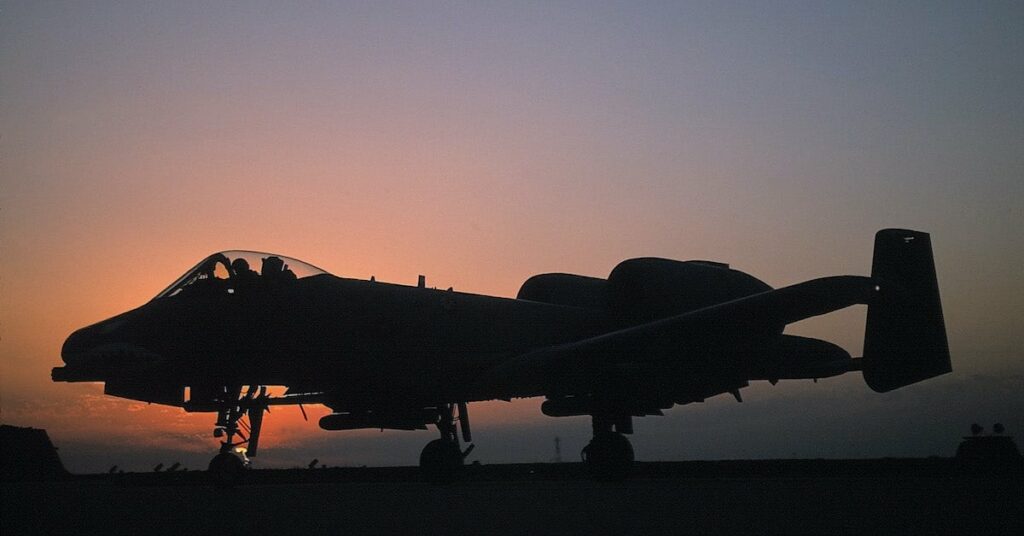
No one is debating the effectiveness of the AH-64 Apache. It’s one of the deadliest combat aircraft ever fielded. In Afghanistan, its mere presence in the sky is enough to deter enemy fighters from even thinking about taking a shot on troops on the ground. However, there’s something to be said for close air support provided by fixed-wing aircraft. Of course, everyone is familiar with the legendary A-10 Thunderbolt II and its ability to deliver huge volumes of precision fire on ground targets

Related: Believe it or not, the A-10 can hold its own in a dogfight
In WWII, the Army Air Corps tore into German supply convoys with the P-47 Thunderbolt at low altitude. In Korea and Vietnam, the Navy and Marine Corps utilized the A-1/AD-4 Skyraider with great efficiency to support ground troops. Today, the Marine Corps still integrates its infantry with close air support through the Marine Air-Ground Task Force. By combining these two crucial components, the MAGTF is able to organically conduct combat operations with increased efficiency. Marines on the ground are supported by Marines in the air and everyone speaks the same language and knows what the other needs to do their job. So, why doesn’t the Army do this?
After the creation of the Air Force in 1947, the military needed to clearly define its purpose amongst the established branches. In 1948, Secretary of Defense James V. Forrestal held a meeting with the service chiefs in Key West, Florida to do just that. Due to the location of the meeting, the policy paper that resulted is commonly referred to as the Key West Agreement. Broadly, the agreement gave the Air Force control of everything in the sky. The Air Force’s functions included air superiority, strategic air warfare, close combat and logistical air support, aerial intelligence gathering, strategic airlift, and even maritime operations like antisubmarine warfare and aerial mine-laying. However, the agreement did provide for the Navy to retain its combat air arm “to conduct air operations as necessary for the accomplishment of objectives in a naval campaign.” The Army, on the other hand, made out like a bad divorce. Army aviation assets were reduced to solely reconnaissance and medical evacuation purposes.
The Key West Agreement was built upon with the Pace-Finletter Memorandum of Understanding of 1952. Secretary of the Army Frank Pace and Secretary of the Air Force Thomas K. Finletter came together to expand the Army’s allowed aviation capabilities. In an effort to restrict the Army’s use of combat aircraft, the Key West Agreement limited the weight of Army rotary-wing aircraft. With the Pace-Finletter MOU, this weight restriction was removed, paving the way for combat helicopters like the UH-1 Huey gunship, AH-1 Cobra, and AH-64 Apache. However, it did place an arbitrary weight restriction of 5,000 pounds on Army fixed-wing aircraft. Although this restriction was later modified, it set the precedent to make the Army reliant on the Air Force for close air support and airlift.
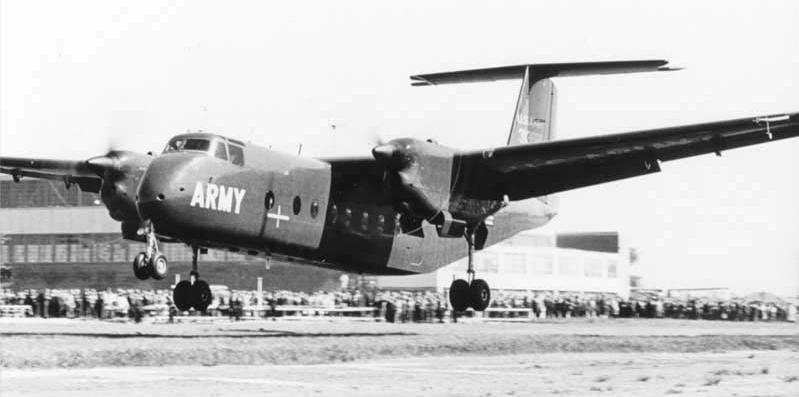
If the previous agreements weren’t enough, the Johnson-McConnell Agreement of 1966 was one more blow to Army fixed-wing aviation. In Vietnam, mountainous terrain made resupply by airlift difficult with the Air Force’s primary cargo planes like the C-123 Provider which required 1,750 feet of runway to take off. To address this problem, the Army employed the CV-2 Caribou and planned to acquire the CV-7 Buffalo airplanes. Both planes could perform short takeoffs and landings while carrying more cargo than the Army and Air Force’s helicopters could lift in and out. This didn’t sit well with the Air Force and private negotiations were held between Army Chief of Staff General Harold K. Johnson and Air Force Chief of Staff General John P. McConnell. The resulting agreement forced the Army to relinquish control of the CV-2 and CV-7 to the Air Force. However, the Air Force did relinquish its sweeping control over rotary-wing aircraft. This expanded the Army’s ability to field helicopters and resulted in the diverse fleet that the Army Aviation Branch fields today.
While the Army doesn’t fly CAS airplanes like the A-10 and is still technically restricted from acquiring new CAS airplanes like the A-29 Super Tucano, it’s worth noting that the Army does have some fixed-wing aircraft. The Army flies nealy 200 turboprop R/C-12 Hurons for light transport and intelligence, surveillance, and reconnaissance missions. Something that will further surprise most people is that the Army does fly jet aircraft for VIP transport. The UC-35 is based on a Cessna business jet and the C-37 and C-20H are based on Gulfstreams.

Though these 20th century agreements prevent the Army from flying combat airplanes, advancements in rotary-wing technology have led to high-speed helicopters like the S-97 Raider and large tiltrotor aircraft like the V-280 Valor. Aircraft like these will carry Army Aviation into a new age of aircraft and allow soldiers in the sky to retain the advantage on the battlefield.
Read more from Sandboxx News:
- An A-10 pilot describes what it feels like to fire the GAU-8
- Wolverines! Air Force adds AT-6 light attack aircraft to its fleet
- US SOCOM’s big plans for its new fleet of small attack planes
- The Navy’s new missile could make non-stealth fighters viable again
- 7 of the coolest Air Force jobs you can have
This article by Miguel Ortiz was originally published by We Are the Mighty. Follow WATM on Facebook.
Related Posts
Sandboxx News Merch
-

‘AirPower’ Classic Hoodie
$46.00 – $48.00 Select options This product has multiple variants. The options may be chosen on the product page -

‘Sandboxx News’ Trucker Cap
$27.00 Select options This product has multiple variants. The options may be chosen on the product page -

‘Kinetic Diplomacy’ Bumper Sticker (White)
$8.00 Add to cart
We Are the Mighty
Related to: Airpower, Military Affairs, Military History
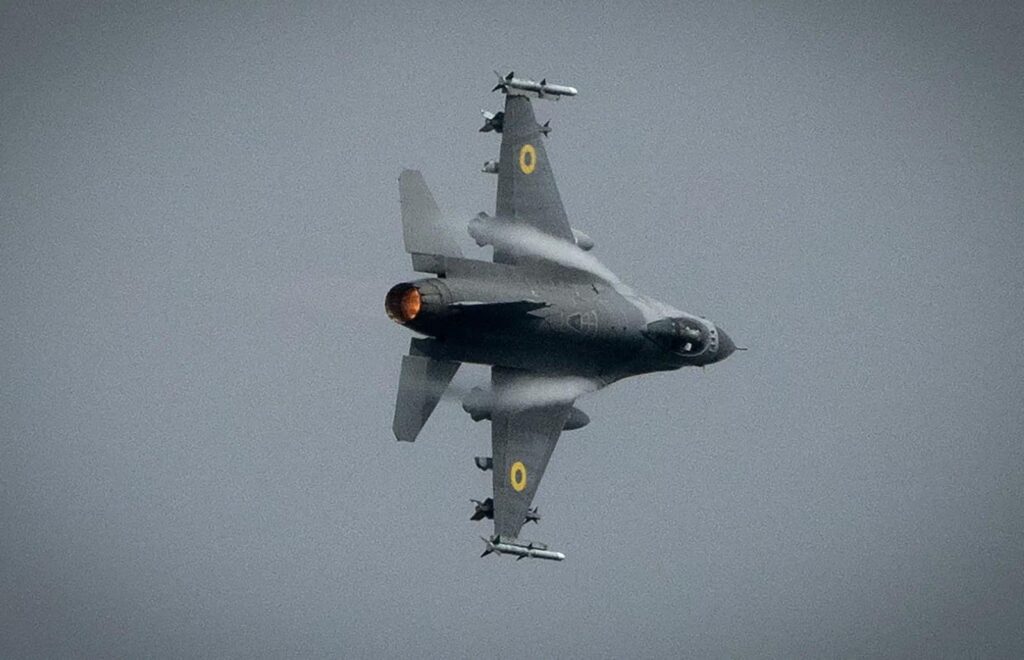
Ukraine says it busted a Russian spy ring that was gathering information about its F-16s
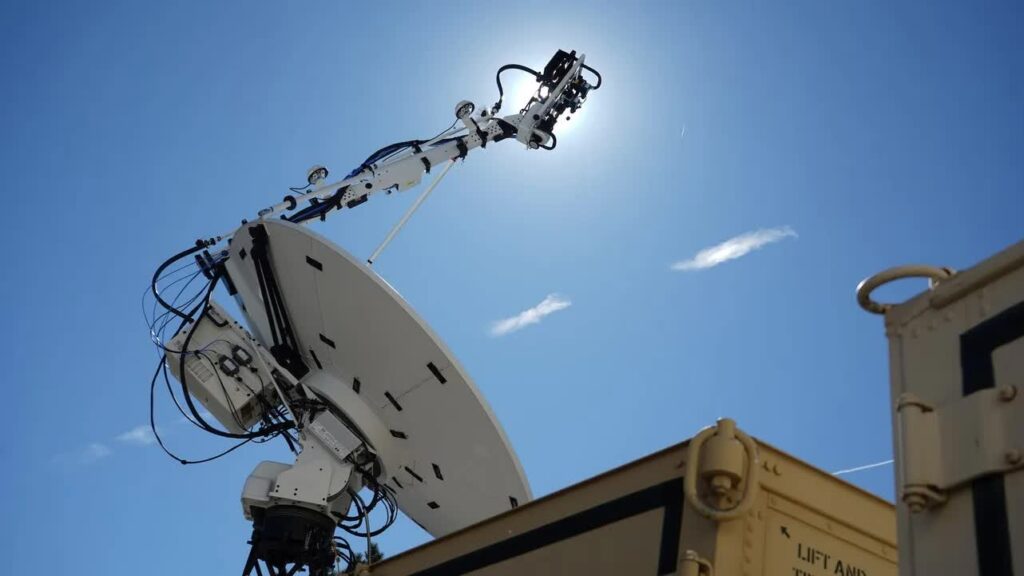
Space Force to deploy new jammers to yell at enemy satellites
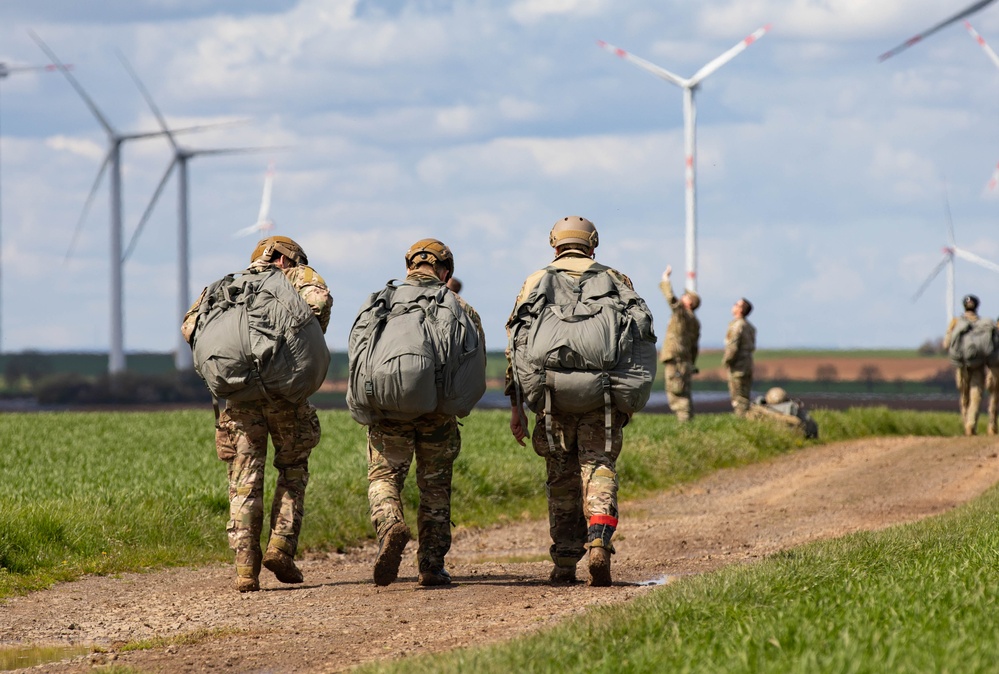
Congress demands answers on low testosterone issues among special operators

Video: US military sends aircraft to help with LA fires
Sandboxx News
-

‘Sandboxx News’ Trucker Cap
$27.00 Select options This product has multiple variants. The options may be chosen on the product page -

‘AirPower’ Classic Hoodie
$46.00 – $48.00 Select options This product has multiple variants. The options may be chosen on the product page -

‘AirPower’ Golf Rope Hat
$31.00 Select options This product has multiple variants. The options may be chosen on the product page -

‘Sandboxx News’ Dad Hat
$27.00 Select options This product has multiple variants. The options may be chosen on the product page
